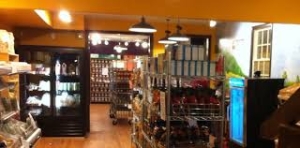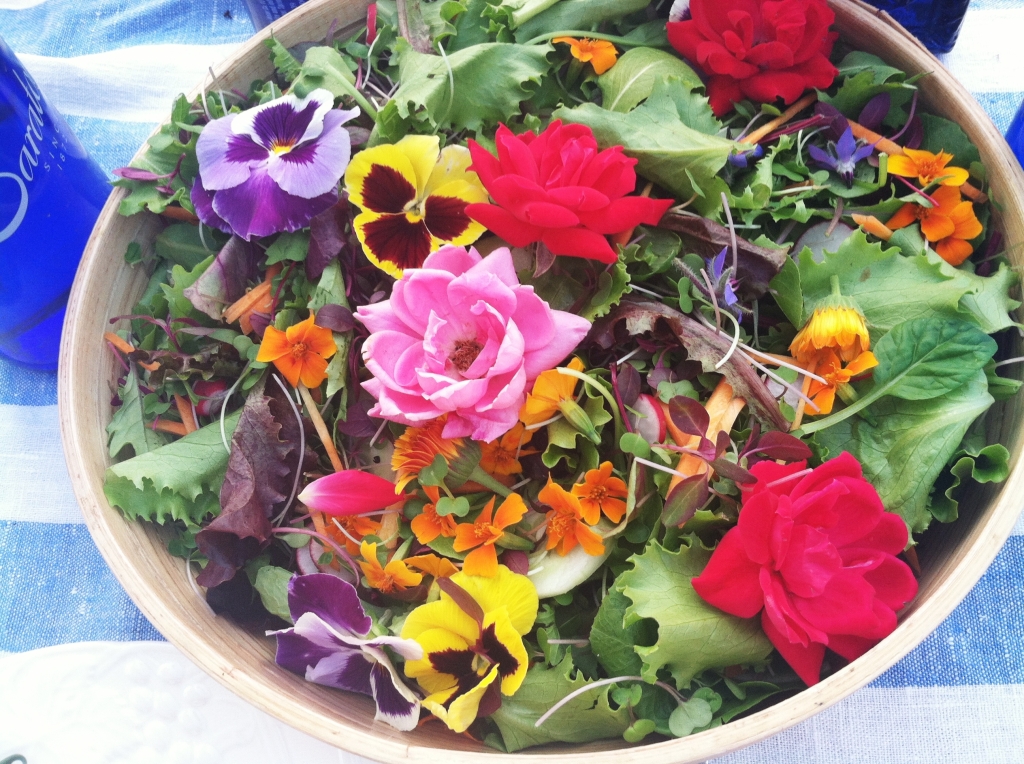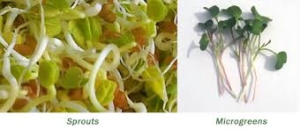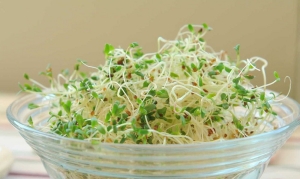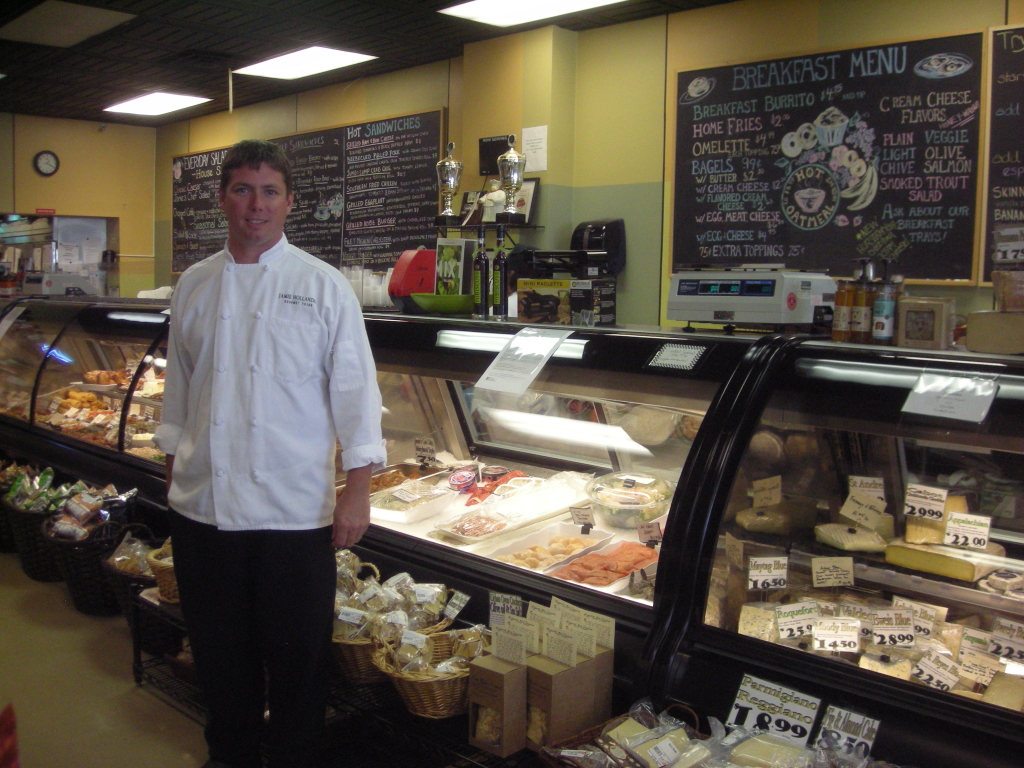Living Local: Know Your Producers!
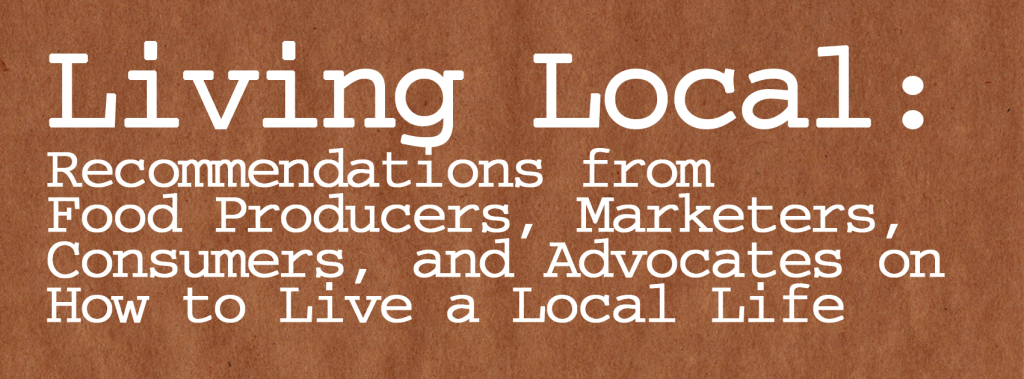
What does it mean to live locally?
How can you be a local citizen?
Alex Jones of Fair Food Farmstand in Philadelphia suggests that getting to know your food producer–literally, the source of the food you are eating–will strengthen your civic pride.
In her words:
My suggestion would be to not only give your dollars to local businesses and food sources, but to think of food that you purchase in terms of knowing the producer, not necessarily looking for a certification on the label.
If you’re able to access food from a grower directly, or from an organization or business (such as Fair Food!) that provides transparency and information about its sources, that’s worth a lot more than buying something from a large retailer just because it has an organic label.
I also get really motivated to look for things locally because it deepens the connection I feel to my part of the world — my region, my city, my own neighborhood — and sometimes the history of that area, too.
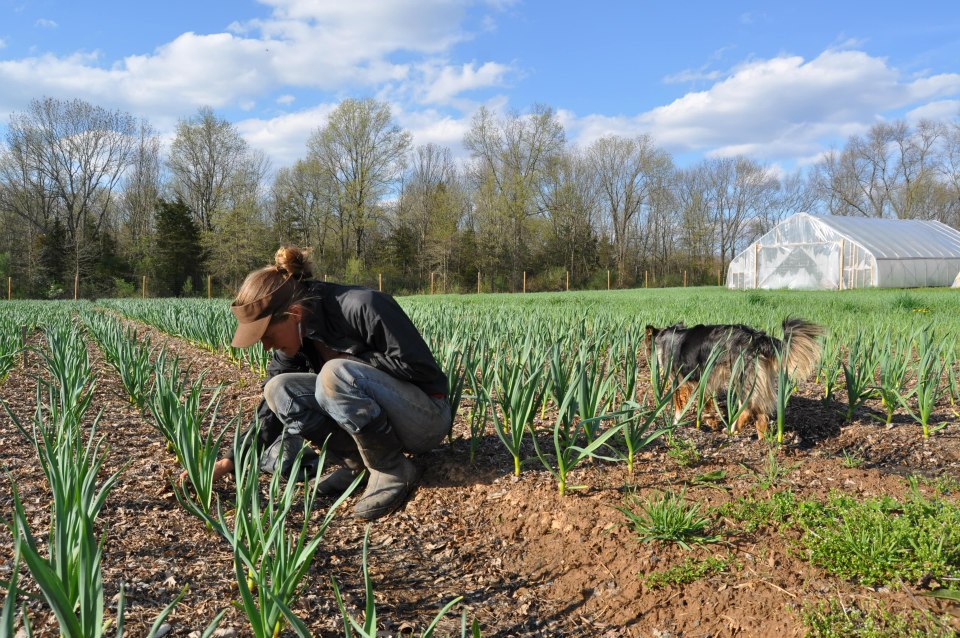
Farmer Jess Niederer of Chickadee Creek Farm in Pennington, NJ


